Sanitizing vs. Disinfecting - What's the Difference?
by Diana L. Martin
In this age of Covid-19, janitorial/PPE products have become as precious as gold. Disinfectant sprays, cleaning wipes. paper towel and other associated products have been in extremely short supply since early March. Panic resulted in hoarding and manufacturers couldn’t keep up with the demand for these items.
Now, seven months later, some of these items are finally starting to reappear on store shelves, although they may not be the brands you’re used to purchasing. Clorox and Lysol both are still experiencing major production issues and their products are scarce in the marketplace.
In our efforts to keep our homes and businesses clean and sanitized, it’s important to ensure that you’re using the correct type of product for the job (and using it the correct way). It’s easy to confuse the different types of products but a few basic pieces of information can make it much easier.
The two organizations that regulate these types of products are the EPA and the FDA.
The EPA regulates products that contain pesticides - these items are not intended to be used on the skin or body. You should wear gloves when using these products or wash your hands immediately after use if gloves are not available. Disinfectants fall under EPA jurisdiction.
The FDA regulates items that are safe to use on the skin. These could be things like hand or baby wipes.
Both organizations have specific labeling requirements in regard to the ingredients and uses of these products. If a product claims to disinfect microbes on surfaces, it must have an EPA Registration Number and an EPA Establishment Number which must appear on the product label. Some exemptions do apply and are defined on the EPA website. Items regulated by the FDA must have an NDC number on the label.
The EPA maintains databases showing products registered with them and the pathogens against which they are effective. To see if the product is certified to kill Covid-19, follow this link to the EPA website: https://cfpub.epa.gov/giwiz/disinfectants/index.cfm. Enter the information requested and click on the search button.
An article on novanthealth.org explains the difference between cleaning, disinfecting and sanitizing:
“When it comes to these three terms, it’s not just semantics. They’re each distinct methods of removing germs, dirt and impurities from surfaces or objects. Braden explains it like this:
Cleaning is the physical process of removing dirt, germs, viruses and bacteria, typically using soap and water. While it doesn’t necessarily kill germs, by removing them from surfaces and objects – including hands – you lower the risk of spreading infection.
Disinfecting uses chemicals to kill germs. While it doesn’t necessarily clean dirty surfaces or remove germs, it kills germs and can lower the risk of spreading infection.
Sanitizing is removing and lowering numbers of germs to a safe level, as judged by public health standards.”
To sanitize correctly, you must first clean the surface for approximately 2 minutes, then rinse, then sanitize it for approximately 5 minutes. If you don’t clean it first, the sanitizing will be rendered basically useless.
To disinfect, you still need to clean the surface and the disinfectant normally needs to sit on the surface for about 10 minutes before being wiped away. However, there are products on the market that both clean and disinfect, so only one application is necessary. There are also no rinse versions available.
Make sure you’re purchasing the correct type of product for what you want to accomplish and be sure to read the instructions carefully before use and follow them to ensure the proper benefit.




